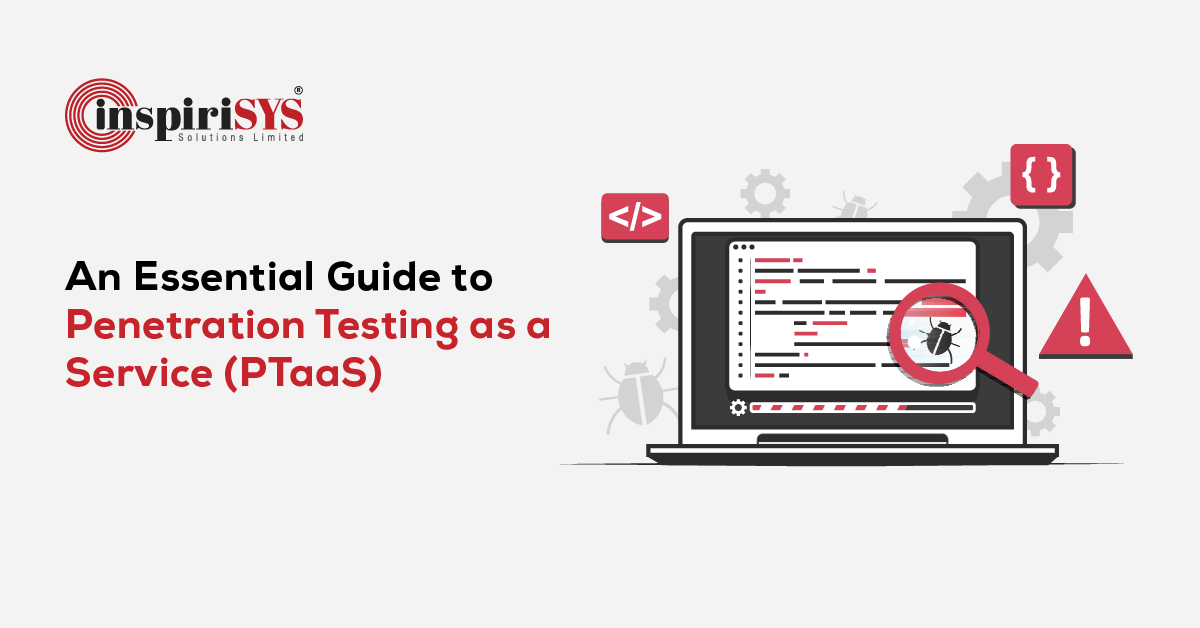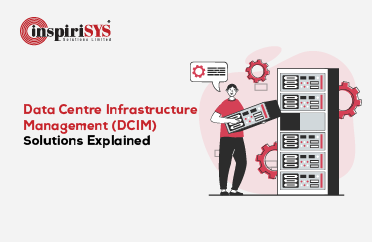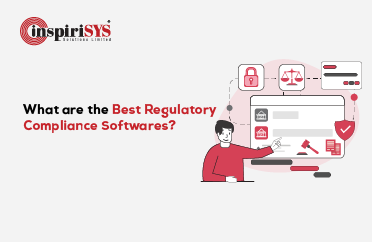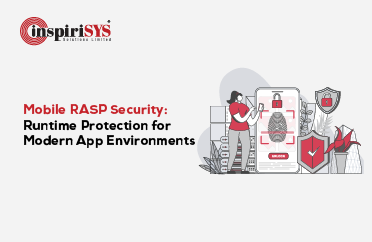Penetration Testing as a Service (PTaaS) represents a shift in how organizations evaluate and strengthen their security posture. Moving beyond the limitations of traditional, periodic assessments, PTaaS delivers testing capabilities in a more responsive and integrated manner that aligns with today’s fast-paced development and deployment cycles.
This model is gaining relevance as digital infrastructures grow in complexity and frequency of cyber threats increases. PTaaS offers a framework that supports ongoing security validation, setting the stage for more agile and informed responses to vulnerabilities across environments.
The next sections break down the core elements of PTaaS and its growing role in securing digital environments.
What is Penetration Testing as a Service?
Delivered through a cloud-native framework, Penetration Testing as a Service (PTaaS) merges traditional offensive security techniques with platform-driven accessibility. It enables organizations to simulate real-world attack scenarios in controlled environments, identifying potential entry points, misconfigurations, and exploitable weaknesses across applications, networks, and infrastructure.
Unlike conventional testing approaches that operate in isolated windows, PTaaS integrates directly with development pipelines and IT ecosystems. It allows teams to initiate, monitor, and manage tests through a centralized interface, receive findings in real time, and track remediation efforts collaboratively. This makes PTaaS a vital operational layer for organizations aiming to enforce security by design and respond to threats with speed and precision.
Penetration Testing vs. Penetration Testing as a Service
While both aim to identify vulnerabilities, the core difference lies in how they are delivered and integrated within security operations. The table below outlines the key distinctions:
| Aspect | Traditional Penetration Testing | Penetration Testing as a Service (PTaaS) |
|---|---|---|
| Engagement Model | Periodic, project-based | Continuous integration with on-demand testing |
| Delivery Speed | Requires setup time; delayed reporting | Instant deployment with real-time results |
| Integration | Siloed from development pipelines | Embedded within CI/CD and DevSecOps workflows |
| Communication | Interaction limited to testing cycles | Ongoing collaboration through shared dashboards |
| Scalability | Resource-dependent and fixed scope | Dynamic scaling with evolving infrastructure needs |
How Penetration Testing as a Service Works?
The operational flow of Penetration Testing as a Service typically unfolds across five key stages, combining automation, expert testing, and continuous oversight:
1. Baseline Assessment
PTaaS platforms begin with an automated scan to map the system architecture and evaluate existing security controls. This establishes a foundational security profile, highlighting initial vulnerabilities and offering a benchmark for future comparisons.
2. Real-Time Reporting
As tests progress, vulnerabilities are flagged and reported immediately. Real-time visibility enables security teams to begin remediation without waiting for the full assessment cycle to conclude, reducing the window of exposure.
3. Manual Penetration Testing
Experienced ethical hackers perform manual tests that mimic real-world attack patterns. These assessments uncover complex issues such as logic flaws and privilege escalation paths that automated tools may miss.
4. Reporting and Certification
Upon completion, PTaaS platforms deliver structured reports detailing each finding, its risk level, reproduction steps, and remediation guidance. Post-fix validation can lead to the issuance of verified pen-test certificates, aiding compliance and stakeholder assurance.
5. Continuous Testing and Monitoring
To address evolving threats, PTaaS includes scheduled scans and periodic manual assessments. This ensures ongoing security validation and supports alignment with regulatory frameworks such as SOC 2, ISO 27001, and HIPAA.
Benefits of Penetration Testing as a Service
PTaaS delivers strategic value by making security assessments more adaptive, transparent, and integrated. Its benefits extend across technical operations, risk management, and organizational responsiveness:
- Real-Time Visibility
Continuous testing provides constant updates on emerging vulnerabilities, ensuring an accurate and current view of the security posture at all times. - Faster Remediation
Prioritized reports speed up the remediation process, reducing the likelihood of smaller issues escalating into major incidents. - Scalable Coverage
PTaaS seamlessly adapts to expanding or evolving environments—such as cloud-native systems or microservices—without adding operational complexity. - DevSecOps Alignment
Security checks integrate directly into development and release workflows, reducing post-deployment exposure and supporting safer rollouts. - Human-Led Insights
Skilled testers uncover logic-based and advanced vulnerabilities that automated tools often miss, providing deeper risk understanding. - Compliance Support
Well-structured reports and verification steps simplify regulatory adherence and offer stakeholders clear evidence of ongoing security diligence. - Cost Efficiency
A subscription-driven model minimizes repeated procurement cycles and reduces long-term expenditure on standalone testing engagements.
Challenges of Implementing PTaaS
While PTaaS modernizes the testing process, its deployment is not without friction. These challenges span from technical integration to organizational readiness:
- Expertise Shortage
Limited availability of experienced testers can reduce the quality of manual assessments, potentially leaving critical vulnerabilities undetected. - Scoping Complexity
Inaccurate or incomplete scoping may leave key assets untested, creating security blind spots that adversaries could exploit. - Automation Imbalance
An uneven mix of automated and manual testing may result in missed vulnerabilities or extended testing cycles, affecting overall effectiveness. - Skill Gaps
Teams without sufficient security expertise may struggle to interpret findings, leading to delays or ineffective mitigation efforts. - Integration Strain
Aligning PTaaS with outdated or fragmented systems can create operational disruptions and prolong implementation timelines. - Compliance Difficulties
Transforming PTaaS outputs into compliance-ready formats across various regulatory frameworks may become resource-intensive and error-prone. - Remediation Overload
A continuous flow of findings can overwhelm teams lacking structured prioritization processes, resulting in unresolved or delayed remediation. - Cultural Resistance
Organizations unaccustomed to continuous testing may resist the shift from periodic audits, slowing adoption and limiting security gains.
Use Cases for Penetration Testing as a Service (PTaaS)
Different operational contexts call for different testing approaches. The following use cases demonstrate how PTaaS adapts to the demands of scale, speed, and compliance across sectors.
- Heavily Regulated Industries
Financial institutions, healthcare providers, and other compliance-driven sectors rely on PTaaS to meet audit requirements and secure sensitive data through recurring, standards-aligned testing. - Public Sector and Critical Infrastructure Operators
Government agencies and entities managing essential services use PTaaS to reinforce defenses, detect vulnerabilities proactively, and safeguard systems from targeted cyber-attacks. - Large Enterprises with Distributed Ecosystems
Organizations with complex infrastructures benefit from PTaaS’s scalability and real-time visibility, ensuring consistent security coverage across multiple business units and environments. - Startups and Tech-Centric Businesses
High-growth ventures incorporate PTaaS into their development pipelines to embed security and avoid retrofitting defences under pressure. - Small and Mid-Sized Enterprises (SMEs)
Businesses without dedicated cybersecurity teams adopt PTaaS to access specialized expertise and structured assessments without committing to full-scale internal setups.
Key Considerations When Choosing a PTaaS Platform
Selecting a PTaaS solution requires more than verifying tool availability, it involves assessing whether the platform can support real-world security needs across development, compliance, and response. The following considerations can guide an informed selection:
- Robust Testing Capabilities Across Environments
A strong PTaaS platform should support both automated and manual testing across diverse digital assets with workflows tailored for web, cloud, API, and network environments. The quality of testing depends on both the platform’s design and the depth of its security methodologies. - Credibility and Expertise of Testing Teams
Evaluate the professional background of the testing team through recognized certifications or demonstrated field experience. Practical exposure to complex applications often yields more relevant insights than generic scanning tools alone. - Remediation-Focused Reporting and Support
Look for platforms that provide clear, actionable reports that are segmented for executives and technical teams alike. Strong remediation support, including contextual guidance and post-fix verification, is essential for closing the loop on vulnerabilities. - Compatibility with Development Toolchains
Ensure the platform integrates well with your existing CI/CD stack tools like Jira, GitHub, and Slack so that vulnerability management can occur within familiar workflows, without introducing friction. - Alignment with Compliance Needs
For organizations in regulated sectors, the platform should offer compliance-mapped testing and reporting that aligns with frameworks like HIPAA, SOC 2, PCI-DSS, and ISO 27001. Built-in templates can simplify audit preparation and reduce compliance overhead.
Each of these areas reflects the functional and strategic role PTaaS plays in helping teams respond, report, and stay aligned with security expectations across the business.
How Inspirisys Can Help?
At Inspirisys, we bring decades of cybersecurity expertise to strengthen your organization’s defense posture. Our Vulnerability Assessment and Penetration Testing (VAPT) services combine automated scanning with deep manual analysis to uncover hidden risks across networks, applications, cloud, and mobile environments. Each engagement provides prioritized findings, detailed remediation guidance, and post-assessment support to close security gaps effectively.
By integrating advanced testing methods with compliance-driven reporting, we help enterprises stay audit-ready under frameworks such as SOC 2, PCI DSS, and ISO/IEC 27001. Whether the goal is regulatory assurance, incident prevention, or improved operational resilience, Inspirisys ensures every layer of your IT infrastructure is tested, secured, and ready to withstand evolving threats.
Conclusion
Penetration Testing as a Service transforms conventional security testing into a dynamic, real-time function equipped to handle the speed and complexity. With capabilities like live vulnerability reporting, CI/CD pipeline integration, and precision-driven remediation, PTaaS enables teams to stay ahead of threats rather than react to them.
Choosing the right platform is not just a tactical step, it’s a long-term investment in operational resilience. Organizations that integrate PTaaS effectively lay the groundwork for a security posture that is proactive, adaptive, and future-ready.
Frequently Asked Questions
1. What is VA and PT?
VA stands for Vulnerability Assessment. It identifies security gaps in systems. Whereas, PT stands for Penetration Testing, it goes a step further by exploiting those gaps to understand real-world risks.
2. What is VAPT Training?
VAPT Training teaches participants how to identify, analyse, and exploit system vulnerabilities using industry-standard tools and techniques. It covers both vulnerability assessment and penetration testing practices.
3. What is the difference between intruder and Pentest tools?
Intruder tools automate basic vulnerability checks and surface common weaknesses. Pentest tools, on the other hand, support deeper manual testing, exploitation, and analysis. Intruder tools focus on quick scans, while pentest tools help simulate real attacker behaviour.
4. Will pentesters be replaced by AI?
AI can automate repetitive tasks and improve scan accuracy, but it cannot fully replace human judgement, creativity, and strategic thinking. Pentesters will continue to play a key role, with AI acting as an assistive tool.
5. What are the steps involved in PTaaS testing?
Pen testing typically includes pre-engagement planning, reconnaissance, scanning and enumeration, vulnerability analysis, exploitation, post-exploitation, and reporting.







